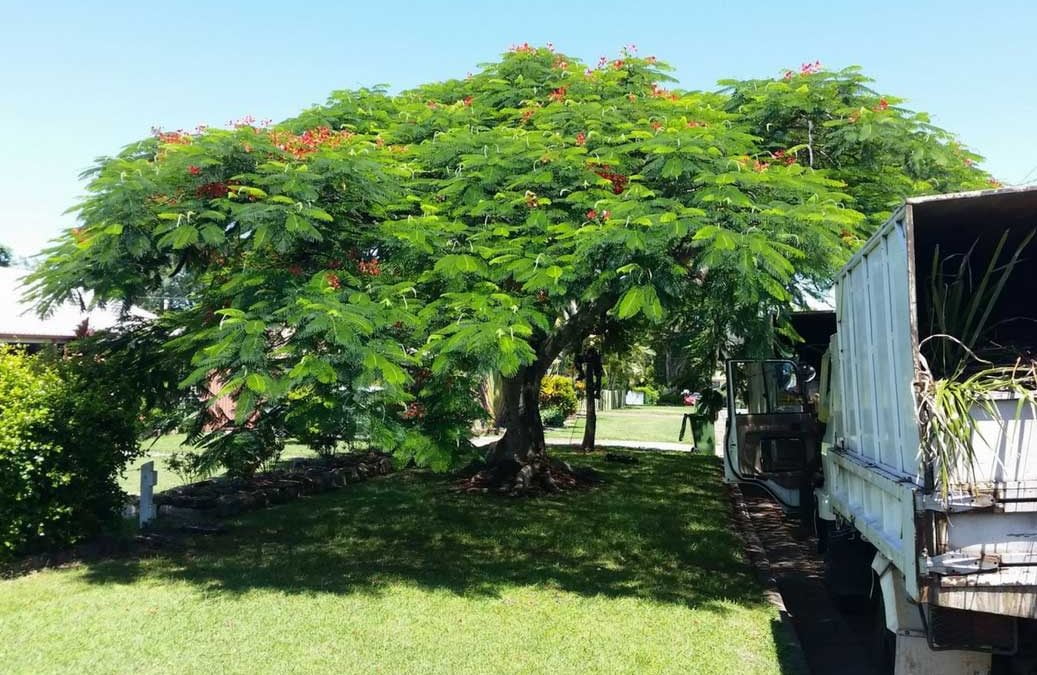TREE LOPPING’ AND ‘TREE PRUNING’ – Let’s discuss the difference.
I was surprised to find out how many people refer to the term ‘Tree Lopping’ so I thought we would include this article in hope to clarify the difference between the two.
While it is not entirely incorrect to refer to the term ‘Lopping’, the reason that ‘Pruning’ is now widely used is because it is set to the guidelines of Australian Standards 4373-2007 “Pruning of Amenity Trees”. This ensures the correct pruning procedures are followed. Proper pruning techniques enable a tree to fight against disease and help it to sustain a long healthy life.
Tree Lopping has such damaging and devastating effects to a tree.
Trees that are lopped are actually quite dangerous. When new growths emerge (referred to as ‘Epicormic’ growths) they are poorly attached to the outer layer of the tree. The long-term effect of lopping is that as these growths get bigger, they are much more susceptible to breakage which can cause injury or death to a person and damage to property.
Undue stress can be caused to a tree through tree lopping and can make it vulnerable to disease and decay. Open exposed wounds can become prone to pests invading the tree and making it unhealthy. When a tree is properly pruned (cut just beyond the branch collar) the tree is equipped to close the wound and therefore fight against the invasion of pests and decay.
There are also other serious consequences to tree lopping. When more than 50% of the tree’s canopy is removed, it starves the tree of vital energy reserves that it generates through its foliage. This also causes irreversible damage to the trees structure and the sun can actually scald the trees suddenly exposed bark.
When it comes to ‘Lopping’ v’s ‘Pruning’, Aussie Tree Solutions hopes to educate people about the importance of choosing a company that has the right experience and qualifications necessary to maintaining your trees.
Our qualified Arborists can determine what type of pruning is best for the individual tree to maintain its health and improve its appearance and safety. They can also advise whether or not a tree should be removed due to it being unsafe. Tree removal should be done by professionals as many things can go wrong if not done correctly.
Proper Pruning techniques include the following:
• Dead-wooding
• Canopy Thinning
• Crown Reduction
• End Weight reduction of lateral limbs
• Raising Canopies
• Entrenchment
Good reasons to Prune your trees:
• Promote healthy growth of a tree
• Enhance the natural shape
• Remove excess weight off a tree
• Allow more light to filter through
• To help control disease
• Improve safety of a tree
It is a good and valuable investment, especially when done correctly the first time!

